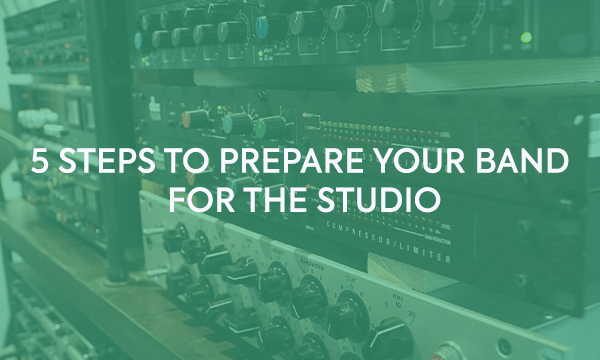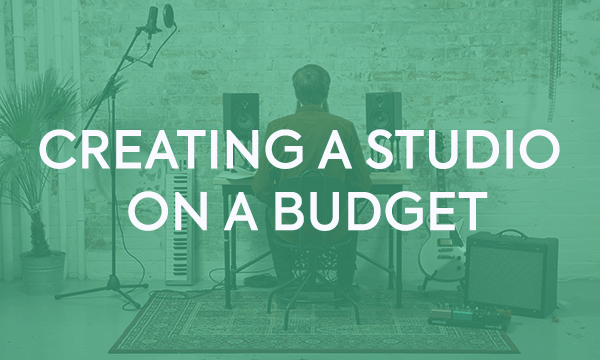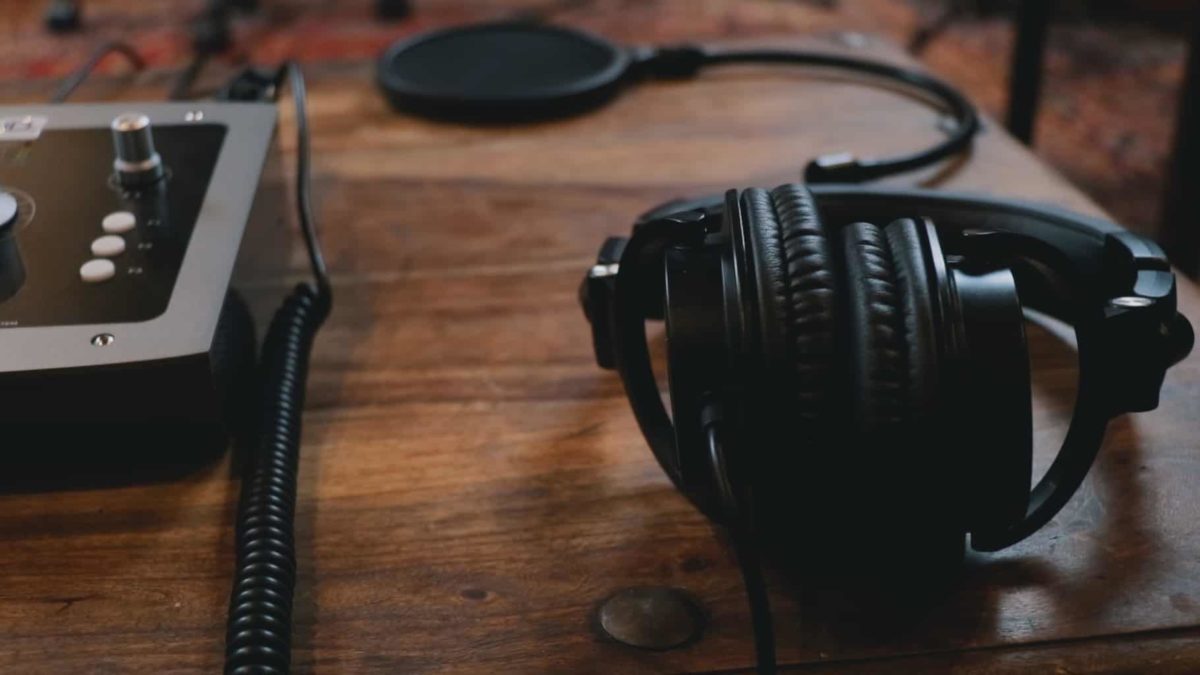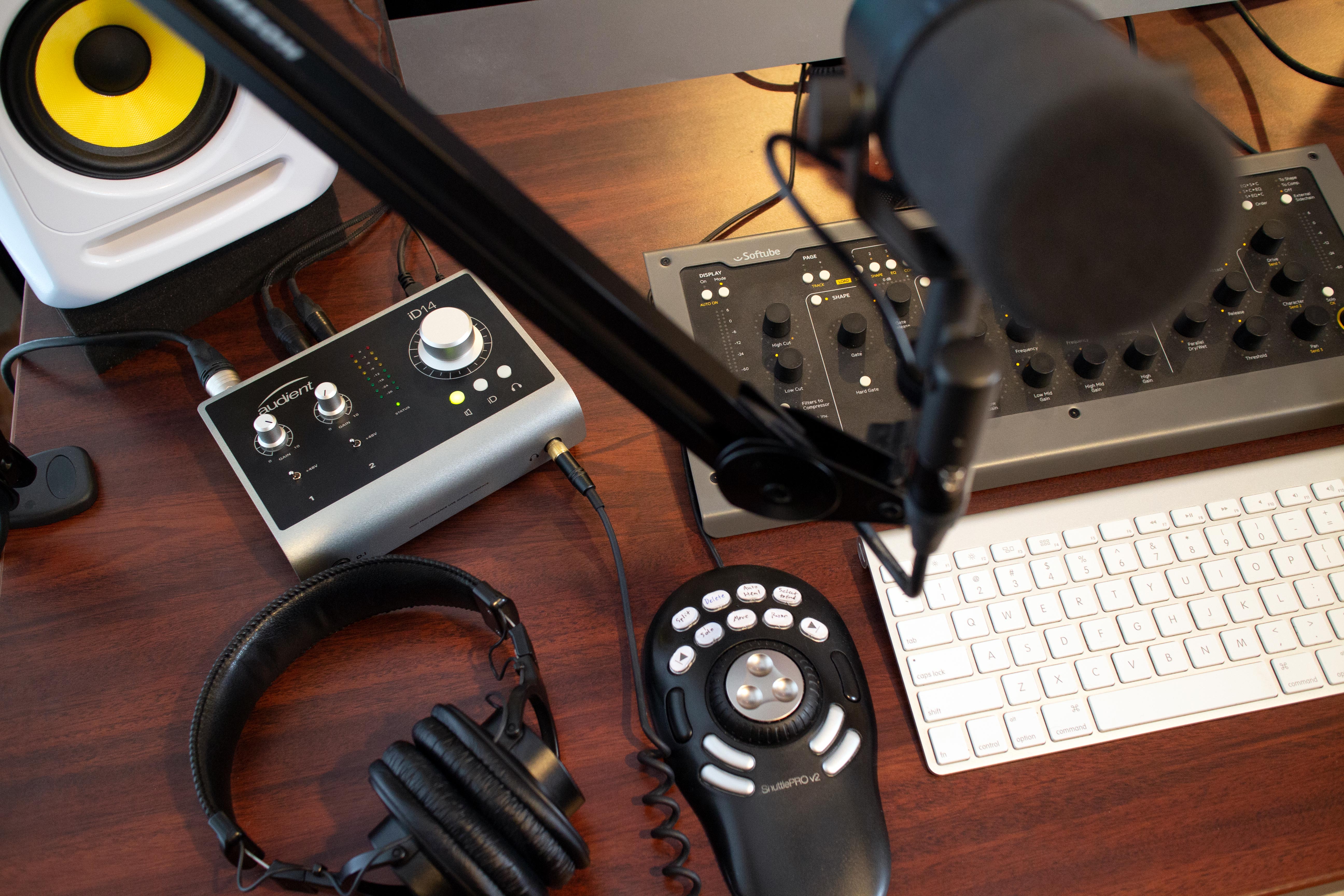Mike and Brad from In The Mix and Miavono run you through a cheap and easy way to make acoustic panels, perfect for any studio setup.
1. Planning
Before you even think about building your acoustic panels you’re going to have to think about how many you’re going to need and where you’re going to placing them. Often you’d have two to the left and right of your listening position.
The reason for this positioning is because this is where the sound will first hit and you want to stop the sound bouncing around as early as possible – these areas are called early reflections.
Once you’ve worked out how many panels you’re going to need, you can then move onto buying the materials…
2. Materials & Tools
Before you start making your acoustic panels you’re going to have to source the materials used to build them. Here’s the materials that we recommend:
Timber – This will be used to make the frames of the panels. As this wood isn’t going to be seen, you really can buy the cheapest wood available. If you’re not sure, it’s best to ask your local hardware store for more information.
Fiberglass/Rockwool – This is what’s used to absorb the sound. The most commonly used in home studios is Owens Corning 703 but if you can’t access that then Rockwool is a good substitute.
If you wanted to check what’s best for you then it’s good to reference this absorption Coefficients chart.
Fabric – Any fabric will do, this is just so the absorption doesn’t leak out into your studio and create a mess. Go with whatever colour matches your studio.
You’ll also need a set of basic tools to put these together. At least you’ll need a saw, a hammer, a screwdriver, a staple gun and a set of screws and nails. Of course, power tools will make the whole job a lot easier and quicker.
3. Assembly
Once you’ve got all the right materials, it’s time to assemble them. There’s not really much to this step other than cutting your wood to the right size and putting them together. As you can see in the video, Mike and Brad used right angle brackets to make sure all their corners lined up.
Once you’ve put together the frame you should cut your fabric to size and stretch it over the front of the frame. When doing this make sure you have someone else holding the fabric taut. Stretch the fabric over the sides and staple it place.
After the fabric is in place you are now able to place in your absorption. Once your absorption is in you can then place another sheet of fabric over the top and staple that in place.
This is so your absorption doesn’t fall out and make a mess in your studio.
4. Hanging & Placing Your Panels
It’s now time to hang you acoustic panels. As mentioned before, you should be placing these panels at the early reflection points. Here’s how to find them:
Sit in the listening position and have a friend hold a mirror against the left wall. Get your friend to walk the length of the wall with the mirror and as soon as you see the reflection of the left speaker in the mirror, mark that point.
Continue down the length of the wall until you see the right speaker then mark that point. These are your early reflection points. Repeat on the right wall to find the rest.
This also works for early reflections on the ceiling too. A trick on finding those is to attach a small hand mirror to the end of a long stick (such as a snooker cue or selfie stick). As soon as you see the speakers in the mirror, mark that point. This is where you’d hang an acoustic panel.
When hanging the panels it’s essential that you leave an air gap between them and the wall as this will give you the best absorption possible – the bigger the air gap the better.





